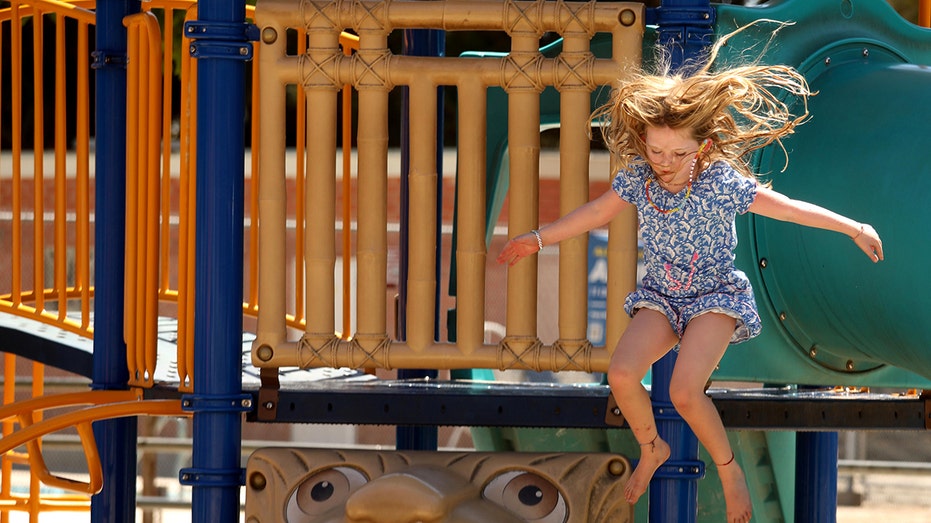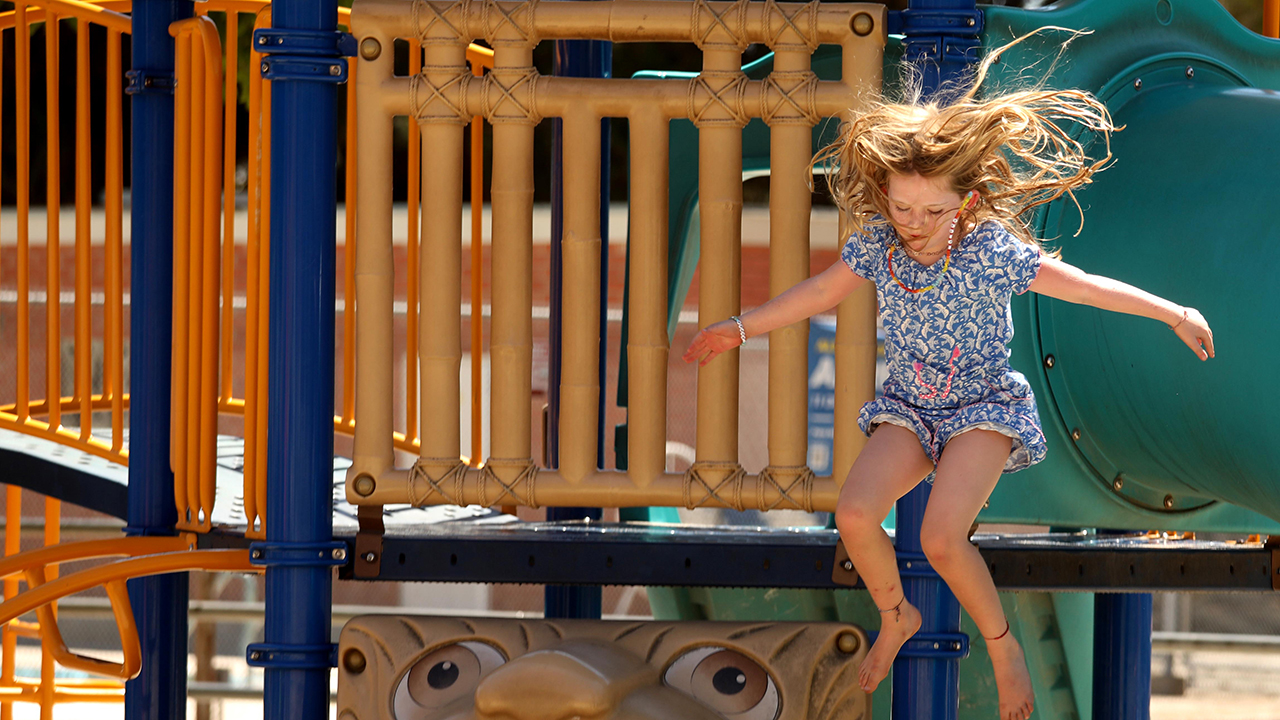Rising child care costs are starting to bite US families
American families are facing a new threat: Rising child care costs
High child care costs lead more parents to stay home
FOX Business correspondent Lydia Hu has the latest on issues parents face when entering the workforce on 'The Big Money Show.'
The overall pace of inflation has fallen considerably over the past year, but millions of families with young children are facing a new headwind: the rising cost of child care.
The average child care payment per household has steadily marched higher over the past three years, with middle- and upper-income families seeing the biggest increase, according to a new study published by the Bank of America Institute that is based on internal customer data.
As of September, the average American family spent more than $700 per month on child care costs – a 32% spike from the typical level in 2019.
The problem may soon get worse.
FED'S FIGHT AGAINST INFLATION IS WEIGHING ON MIDDLE-CLASS AMERICANS
Congress allocated $24 billion in emergency funding to help keep child care providers afloat as part of the American Rescue Plan, passed in 2021. But that pandemic-era program officially expired at the end of September, leaving child care providers in a lurch; experts have warned that without the funding, the industry may see a spate of tuition hikes, layoffs and closures.

Harper Quinn, 6, who attends Mar Vista Elementary School, enjoys her day off at the Mar Vista Recreation Center in Los Angeles on Aug. 21, 2023. (Genaro Molina / Los Angeles Times via Getty Images / Getty Images)
Left-leaning think tank the Century Foundation estimated that 70,000 child care programs will close as a result of the funding expiration, resulting in 3.2 million children losing access to care.
"[Child care] prices could rise further," the Bank of America Institute study said. "This could have a meaningful impact on consumers because over 12% of US households pay for child care on a regular basis…and any further increase in prices would disproportionally weigh on families with young children."
DEMOCRAT KHANA AND REPUBLICAN MACE WARN 3.2M COULD LOSE CHILDCARE
A recent survey conducted by Care.com found that of parents who pay for child care, nearly two-thirds are already spending 20% or more of their annual household income in order to afford the service.
If prices continue to climb, it could force consumers to pull back on spending in other areas.
Since May 2023, households that make child care payments began to spend less than the rest of the population, the study said, with credit card spending declining.

A classroom at The Growing Tree Academy in New Glarus, Wisconsin, on Sept. 13, 2023. (Photo by Matthew Ludak for The Washington Post via Getty Images / Getty Images)
"This gap could point to increasing financial pressure that young families face," it said.
One reason for the divergence in spending may be that one parent is quitting their job in order to look after their children. Over the first nine months of 2023, the average number of payrolls that are deposited into accounts of households with child care payments has fallen to 1.34 payrolls a month – down from 1.39 in 2019.
The data only captures payrolls deposited into Bank of America accounts, but the study indicates it "still points to the possibility of some working parents leaving the workforce as child care prices rise rapidly."
GET FOX BUSINESS ON THE GO BY CLICKING HERE
Parents may also be turning to their savings in order to afford child care payments. Families with children across various income brackets are increasingly drawing down their savings deposits relative to the rest of the population without children.
"But it is not all bad news," the publication said "When compared with 2019 levels, even these families have considerable excess savings, which could continue to provide a financial buffer."





















